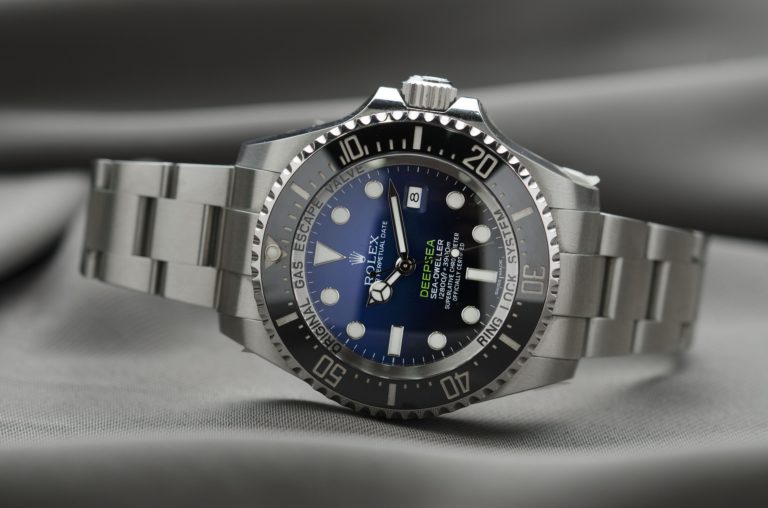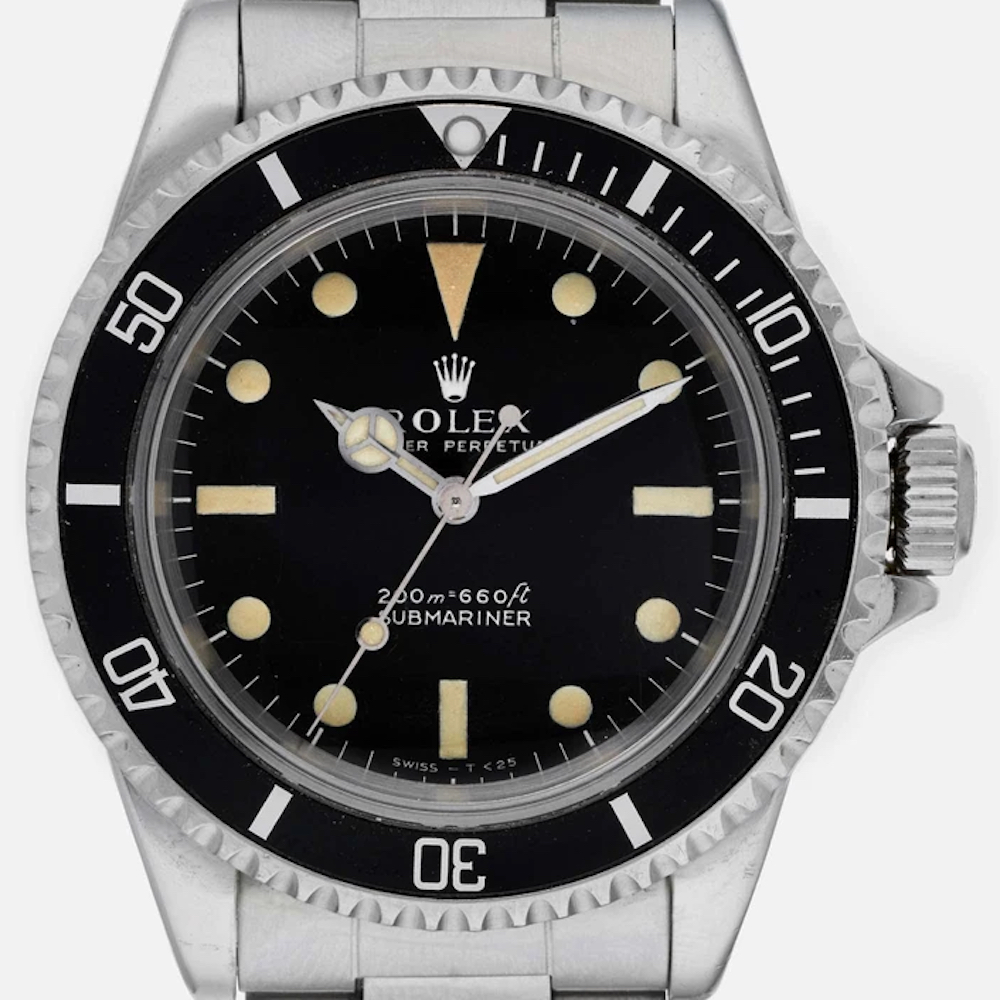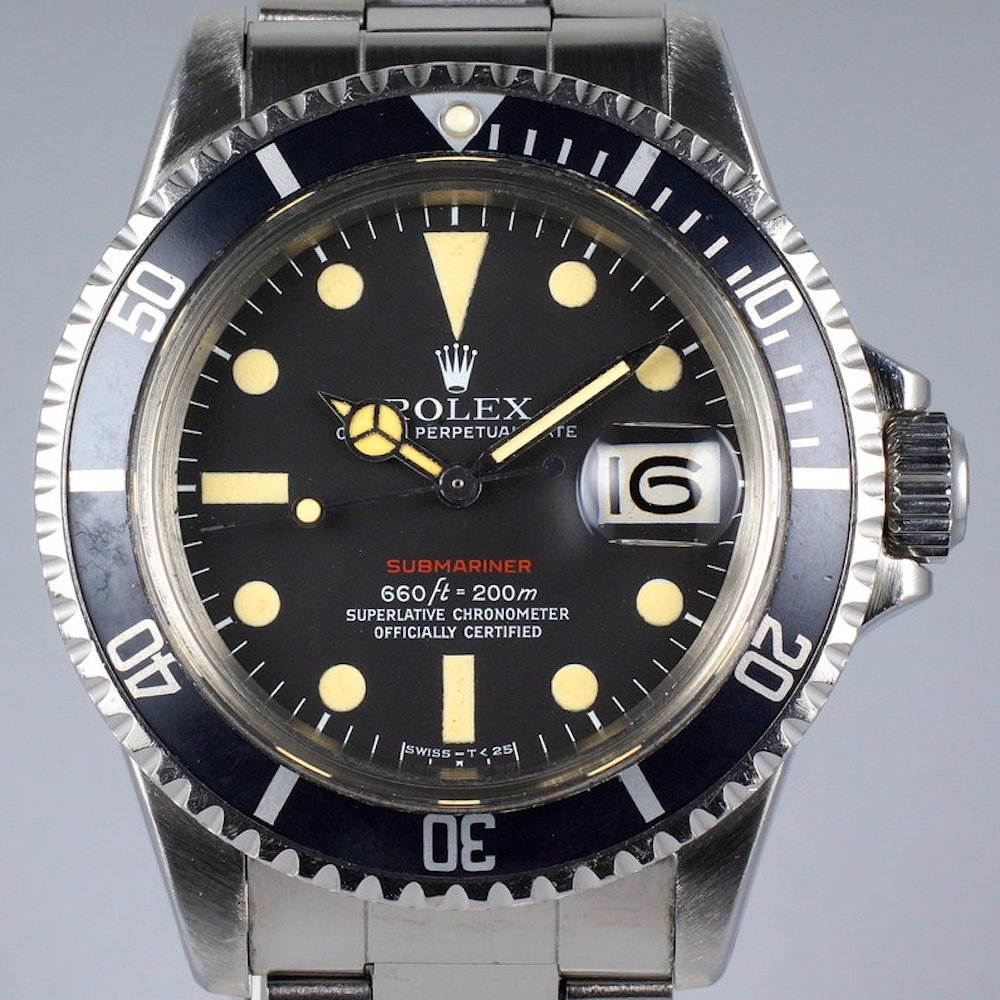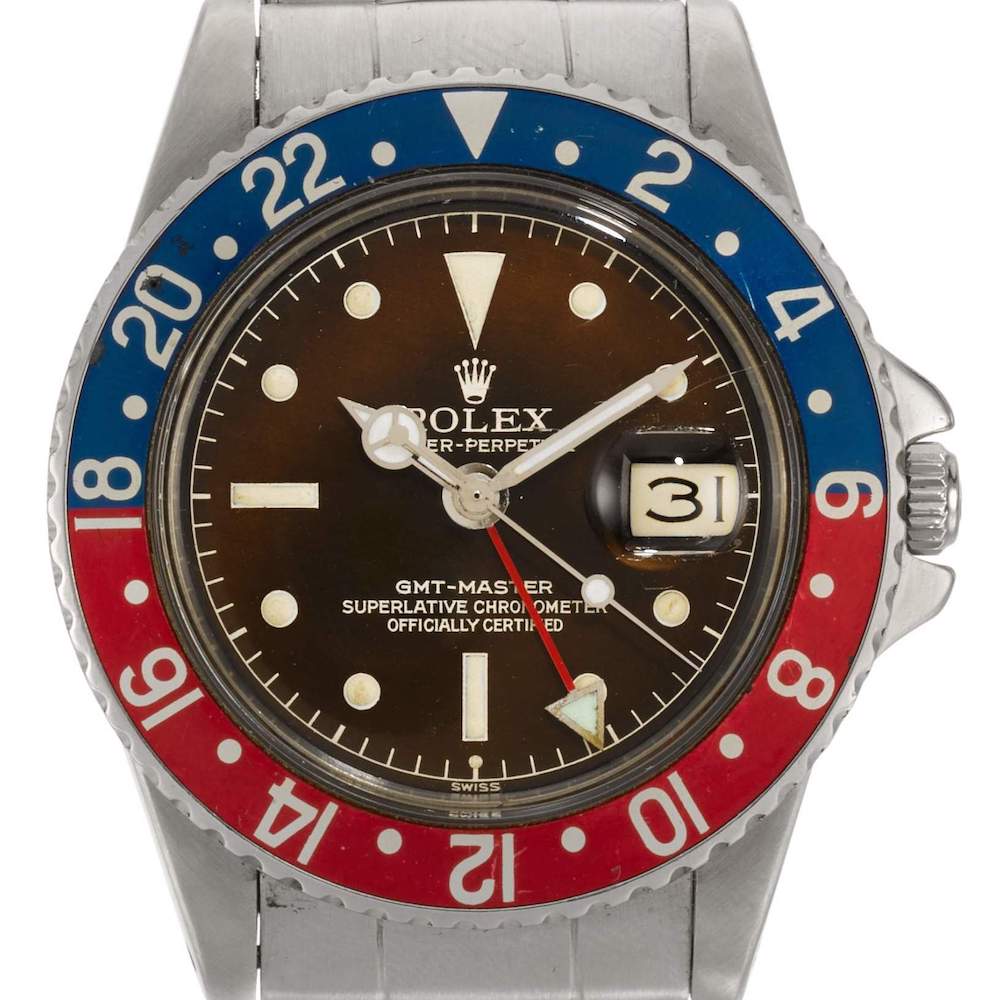
The name Rolex has become a staple in households all over the world. Affluent fathers give it to their sons on the day of their graduation from university. Those who have finally achieved the financial success they’ve strived for gift themselves one for all their hard work. It is often thought of as the “I’ve made it” watch. Spouses able to afford one give them as presents for anniversaries and birthdays. For example, the Rolex Daytona that Joanne Woodward gave husband Paul Newman set records when it sold for over $17 million in 2017. But out of the hundreds of luxury timepieces on the market, why does Rolex stand out?
Here are three reasons that make Rolex watches so expensive:
- How They’re Made
It takes about a year to make a single Rolex watch. Each watch requires many parts and practically everything is made in-house. The company produces its own gold, bezels, cases, bracelets, dials, and movements with extraordinary efficiency and quality. It even has an enormous gemological department whose goal it is to buy, test, arrange, and set diamonds and other precious stones in a range of models. This team of gemologists checks incoming stones to ensure their authenticity. In the years they have been testing diamonds, only two in 20 million have been fake. This may seem like such a tiny number that it isn’t even worth the time. Be that as it may, to ensure absolute quality, the company tests each batch. No matter how large or small, every diamond or precious stone is hand-selected and hand-set. The quality assurance process is extreme.
An impressive fact is that all of the applied hour markers are set individually by hand. More often than not, other brands use machines to perform this process, but Rolex believes that the human eye is better trained to spot any issues. Dials are then dropped from 20cm up in the air to ensure that none of the hour markers fall out. This is a painstaking and time-consuming process, and it is among the many elements at Rolex done by a skilled human being.
While Rolex has a small handful of suppliers that send them steel (the company still works the steel in-house to make all the parts), all the gold and platinum is made in-house. 24k gold enters the factory and is turned into 18k yellow, white, or Rolex’s Everose gold (is non-fading version of 18k rose gold).
Large kilns under hot flames are used to melt and mix the metals, which are then turned into cases and bracelets. Because Rolex controls the production and machining of their gold, they are able to strictly ensure not only quality, but the best looking parts. As far as we know, Rolex is the only watch manufacturer that makes their own gold or even has a real foundry in-house. Its only platinum is 950 platinum. Its only gold is 18K. Its ceramic is an extra-hard, proprietary ceramic called Cerachrome that is practically impossible to scratch and doesn’t change color with UV exposure. Even its steel is proprietary. Rolex only uses an alloy called Oystersteel, a 904L steel that is also used in the aerospace industry for its resistance to corrosion. Altogether, because of Rolex’s rather militant dedication to quality across their huge production, watches take, on average, about one year to produce.
- Diamonds Are Forever? A Rolex Comes Close.
Rolex watches are the furthest thing from fragile. Changes in temperature, altitude, humidity, and movement that would bring about the end of other luxury timepieces don’t seem to have any negative affect on a Rolex. Edmund Hillary, the first man to summit Everest, reached the top with a Rolex Oyster Perpetual on his wrist. In 1994, high altitude mountaineer Ed Viesturs received a Rolex Explorer II after summiting three of the world’s 8,000-meter peaks, including Everest, and went on to wear it as he conquered the rest. He still wears it to this day.
All Rolex Oyster case watches are thoroughly tested for water resistance. The way this is typically done at watch manufacturers is by using an air-pressure tank. The watch is placed into a chamber filled with air, and if the pressure changes at all, the tester learns that air has leaked into the case. Each Rolex Oyster begins with this air pressure treatment. Dive watches, however, receive a separate treatment altogether. After being air pressure tested, Rolex proceeds to test the water resistance of each Submariner and Deep-Sea watch in actual water. Submariner watches are placed in large tubes filled with water to ensure that they are water-resistant to 300 meters. This complex test is far less common because Rolex employs an intricate system if water has entered the case. After the watches exit the tank, they are heated up and a drop of cold water is placed on the crystal to see if condensation forms. An optical sensor then scans them for trace amounts of water. The process is much more intense for Deep-Sea watches. Rolex co-developed a special high-pressure water tank with COMEX to depth test each Deep-Sea watch. This machine takes well over an hour and measures each watch to a pressure equivalent to 12,000 meters deep.
- Value For Years To Come
Think of buying a luxury timepiece like buying a car – the minute you take it out of the store, it depreciates in value. However, just like cars, some watches – Rolex in particular – depreciate less than others due to things like popularity, scarcity, or even materials. As an example, the Submariner is one of the brand’s best-selling watches. So, even the most ordinary, middle-of-the-road Submariner will hold its value well. You can likely even find some models that are several years old that are still worth their original retail price. If a used Rolex is selling for more than its retail price, it is probably vintage, rare, or highly desirable.
It certainly may be confusing to see reputable websites selling certain Rolex watches at prices that are significantly higher than their new, retail counterparts. Some watches can reach tens of thousands of dollars, while others are merely listed as “price upon request.” There are straightforward explanations regarding this anomaly.
As mentioned above, some Rolex models simply hold their value better than others. Another reason for the high price tag may be that the particular model is vintage. A watch is typically considered “vintage” when it is at least 25 to 30 years old. These watches tend to hold greater value because as they reach a certain age, there are less of them still in existence (let alone in collector-worthy condition). Moreover, vintage models that are worth the most – sometimes three to five times more than retail – are exceptional because of their excellent condition despite their age. Many have sought-after features like patina. Watch patina refers to a natural aging process of timepieces that generally alters the hands, hour markers, and dials of the watch face. Collectors believe patina adds character as every scratch and faded numeral represents a story of the watch’s past. There are also rare and discontinued features on certain vintage timepieces that make them worth more. Some attributes that can increase a watch’s value are the coveted exclamation point dial, meters first dial, or ‘Red Sub’ text (pictured below). You may believe these features to be nothing more than outdated, but first and foremost they are rare and, therefore, coveted.
Rare and vintage can often go hand in hand, but this is not always the case. There are Rolex watches that are not vintage but still very hard to obtain. An example could be that the timepiece was discontinued not too long after its release. In one instance, the 16610LV Submariner (nicknamed the “Kermit”) was released in 2003 but discontinued by 2010. A couple of things make this watch rare. Not only was it the first Submariner to feature an iconic, green aluminum bezel, but after they discontinued the Kermit, the company began producing ceramic bezels. Another reason is the simple fact that there aren’t many of them around since its production ran less than ten years. So, how does the Kermit’s rarity play into its price tag? Today’s Submariner Date with black dial and green ceramic bezel goes for $9,550 retail. Comparatively, prices for the older Kermit, with its black dial and green aluminum bezel are on average 50% more than a brand-new Submariner (assuming you can even find one at retail), simply because of its rarity.
In short, Rolex is one of the most highly coveted luxury watch brands in the world. Its aesthetic appeal may not be for everyone, but it would be near impossible to deny its quality. Nearly every single serious watch collector seems to own one, and given the reasons listed above, it’s easy to understand why.
For a look at the many Rolex models SWISS WATCHES offers, please click here.



